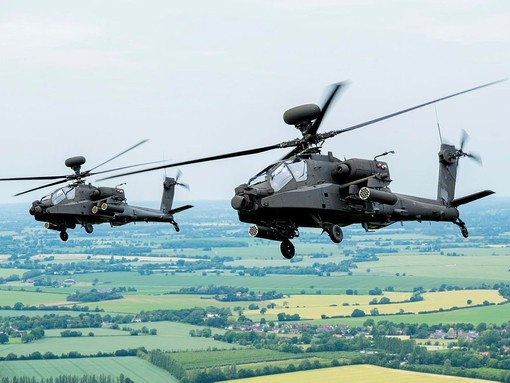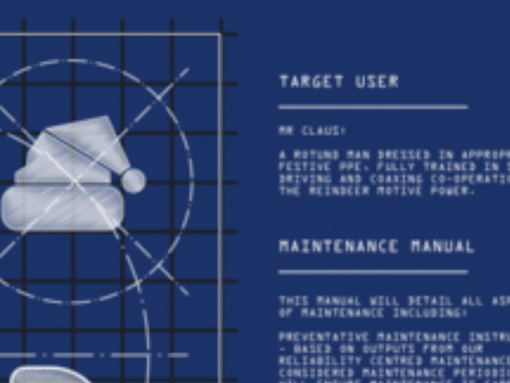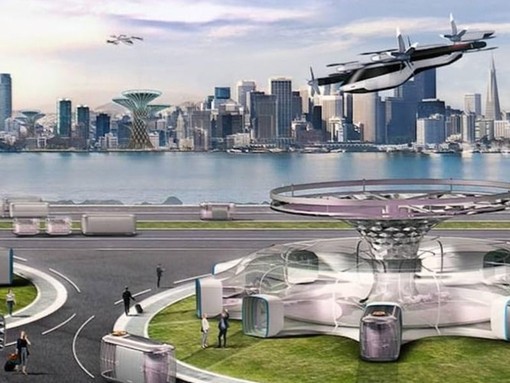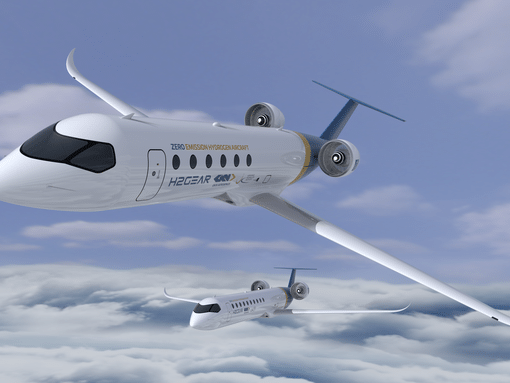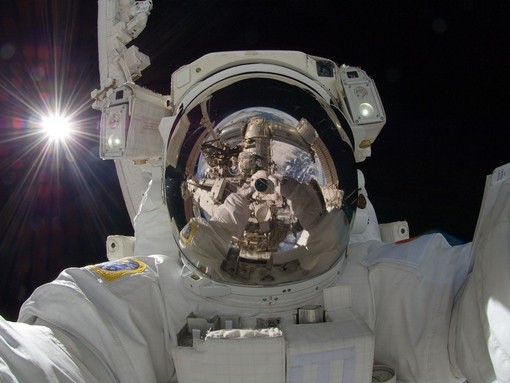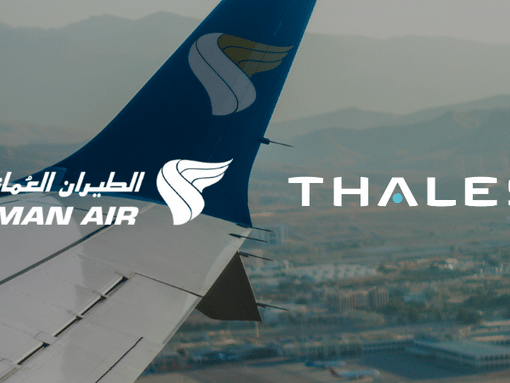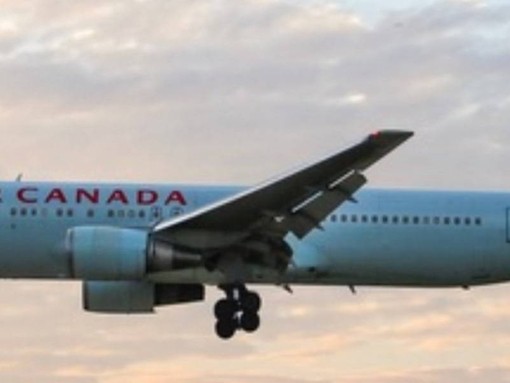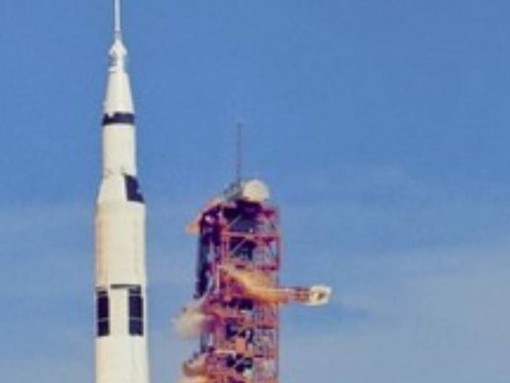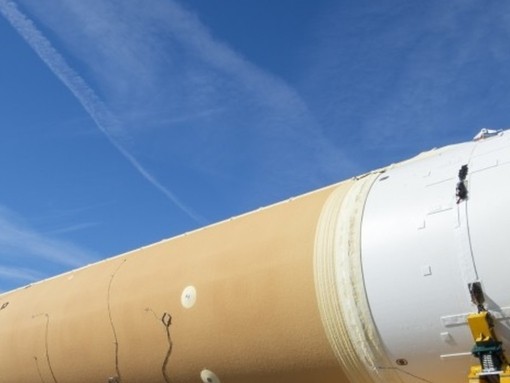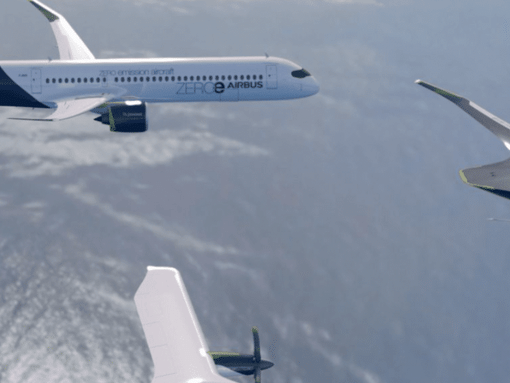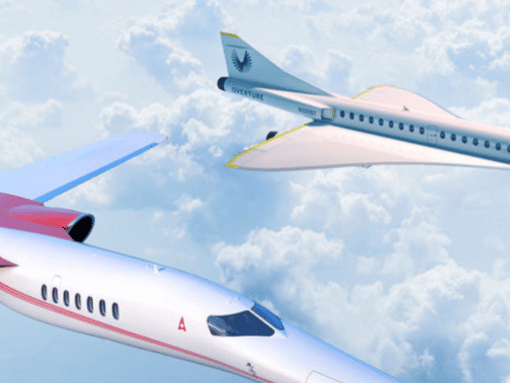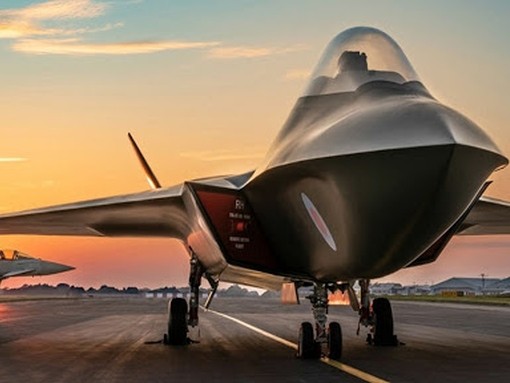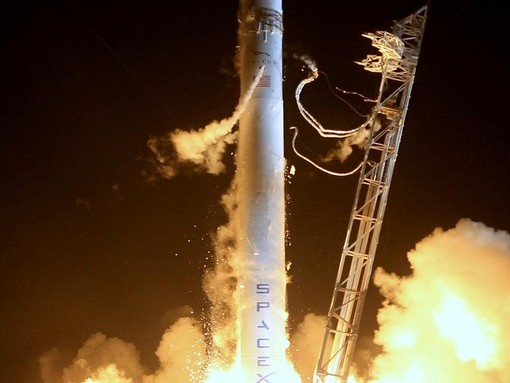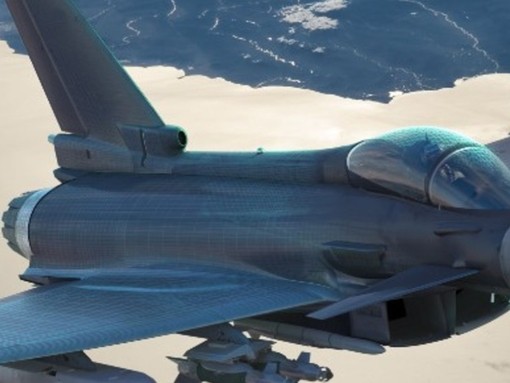
The fastest aircraft you didn’t know about
On 17 December 1903 in Kitty Hawk, North Carolina, a man by the name of Orville Wright made history by completing the first powered and controlled flight of an aircraft.
His first flight lasted 12 seconds, during which his Wright Flyer aircraft, built with his brother Wilbur, shot across the US countryside at 6.82mph before settling down 120 feet away from the launch point. Humanity had taken its first step.
It’s hard to believe that just 58 years later, the first man would be launched by rocket into space travelling at escape velocity – about 7 miles persecond.Aviation has certainly developed since the Wright brothers’ innovative spruce-based biplane first lumbered briefly into the air.
As aircraft have developed, so has their ability to hit ever-higher speeds. This blog looks at some of the more unknown record setters – we’ve all heard of the nearly 2,200mph Lockheed SR-71 Blackbird, but how fast can a human-powered aircraft go?
Musculair 2 – Holger Rochelt
Fastest Human-Powered Flight | October 1985
In 1959, an industrialist named Henry Kremer offered a prize for the pioneers of human-powered flight. The Kramer prize was first won by Paul MacCready in 1977 when his aircraft completed a figure eight circuit that was a mile long. In 1984, a German academic by the name of Holger Rochelt decided he wanted to win the prize too and constructed the Musculair. A basic concept was quickly decided upon: a conventional unbraced high-wing monoplane with laminar flow profile airfoils, a fully profiled faired hanging cabin, a balanced rudder and a pusher propeller.
In 1985, he won two Kremer prizes with his son in the cockpit. With a slimmer, lighter version of the aircraft, the Musculair 2, Holger set the current world speed record for a human-powered aircraft – 27.5mph.
SkySpark – Robin Shresta
Fastest Electrical-Powered Aircraft | June 2009
Many countries are in the process of transitioning away from petrol powered automobiles completely in the not too distant future. But what of air travel? Enter SkySpark, powered exclusively by electricity.
SkySpark has high performance 60kW PEM fuel cells and an ultra-compact, liquid cooled electrical motor. Modern brushless technology means that this motor is highly reliable and has a long life, and the Flight Information System onboard is fully customised to allow complete monitoring. At cruise speed, the aircraft has a range of around 500km.
On June 12 2009, the world record was set at the World Air Games, with the aircraft reaching 250km/h.
Tupolev Tu-114
Fastest Propellor Aircraft | June 1960
Despite being retired in 1991, the Tupolev Tu-114 Rossiya holds the record for fastest propeller-driven aircraft, and has done since 1960 – reaching a speed of 541.45mph, which is comparable to the cruising speed of a commercial jet.
Able to accommodate 224 passengers, this aircraft gained an enviable track-record of safety and reliability with only one fatal accident occurring throughout its use (though the aircraft wasn’t airbourne).
By 1977, a lot of the aircraft had reached their estimated airframe fatigue life and many were scrapped. A few remained in service for the Soviet Air Force until 1991.
Space Shuttle Columbia
Fastest Manually Controlled Flight Ever
The Space Shuttle completely revolutionised space travel forever in its 30 year life. STS-1 was launched on April 12 1981 and heralded the first era of reusable spacecraft. The Shuttle was unique (and makes it on to this list) owing to the fact that after reentry, it was flown like a standard plane and landed as such, rather than the usual capsule parachuting into the sea seen on previous manned space missions.
The Shuttle orbiter used in the first launch,Columbia, was also involved in our next record – the fastest manually controlled atmospheric flight ever. During re-entry of the second ever Shuttle mission, astronaut Joe Engle manually piloted the craft at 17,500mph, or over 4 miles per second. He is the only astronaut ever to pilot the entire re-entry procedure manually.
Tragically, on 1 February 2003,Columbia disintegrated on re-entry in its 28thmission claiming the lives of all seven crew members on-board. The investigation concluded that a piece of foam from the external fuel tank came off during the launch two weeks prior and created a hole in the wing of the spacecraft. During the intense 3,000 degrees Fahrenheit heat of re-entry, this had proven fatal.
Love aviation? Why not take a look at some of our roles in aerospace?


